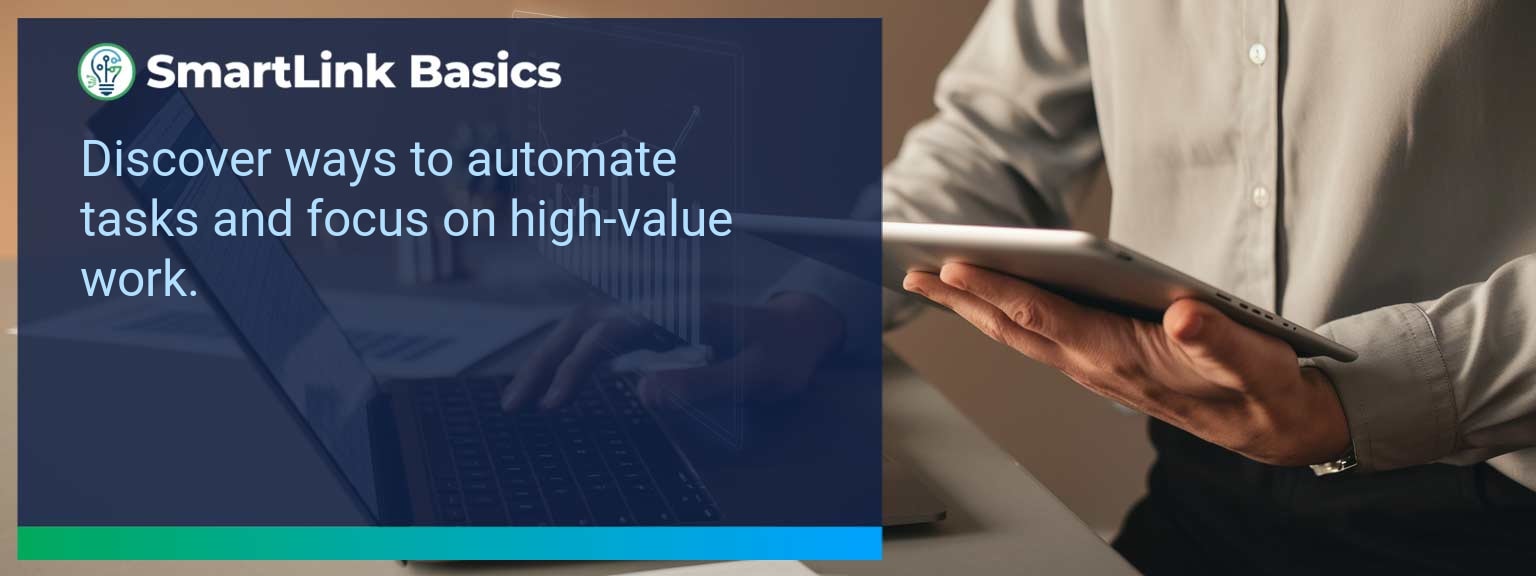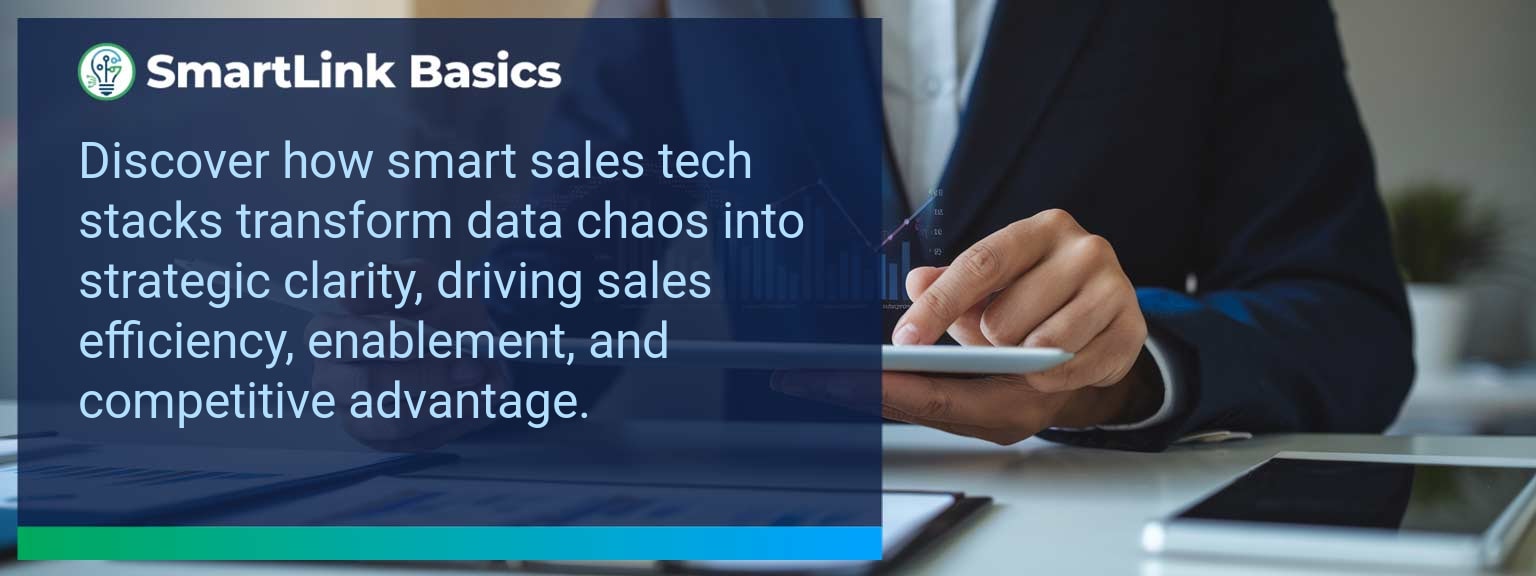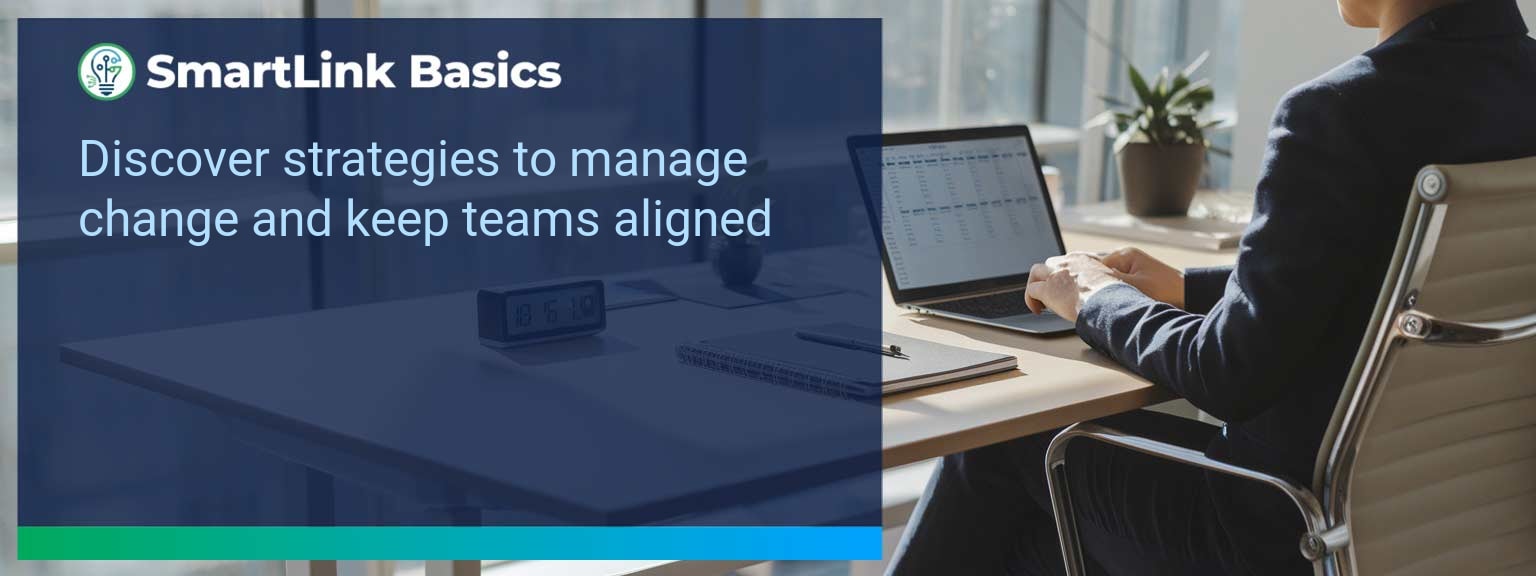Automating Repetitive Tasks: Proven Strategies to Boost Productivity
Sales leaders lose up to 20% of their teams’ capacity to low-value, repetitive processes each quarter, according to McKinsey research. That is equivalent to an entire workday each week devoted to activities that software can handle faster and more accurately. At SmartLink Basics, we view automating repetitive tasks as a direct path to unlocking higher-value sales activities, from active prospecting to strategic account growth. This guide outlines step-by-step strategies to identify, prioritize, and implement automation in the sales workflow. You will learn how to move from tactical task automation to intelligent process orchestration, using workflow automation tools and process optimization techniques to win back time and increase team output in the AI-driven sales environment.- Audit daily workflows to pinpoint repetitive, low-value sales tasks.
- Apply task automation strategies to eliminate manual effort.
- Leverage workflow automation tools for CRM, email, and reporting.
- Track productivity gains through clear, quantifiable KPIs.
- Iterate and expand automation to more complex sales processes.
Identifying Time-Draining Repetitive Processes
The first step in automating repetitive tasks is mapping your team’s daily activities to uncover hidden time losses. Many inefficiencies emerge in lead handling, data entry, meeting scheduling, and follow-up communications. These are predictable, rules-based processes—ideal candidates for automation software. For example, one enterprise B2B team eliminated 12 hours a week of manual CRM updates by implementing rule-based data syncing between systems. This freed their account executives to spend more time on strategic client meetings. Actionable insight: Document every recurring activity performed more than three times per week and assign time estimates. This creates a measurable baseline for selecting automation opportunities with the highest return.Implementing Smart Automation Strategies
Once the automation targets are identified, apply task automation strategies that integrate seamlessly with your existing revenue technology stack. This includes: – CRM workflows to assign and prioritize leads automatically. – Email sequencing tools to handle nurture campaigns without manual sends. – Scheduling assistants to coordinate meetings without email back-and-forth. For instance, a SaaS company streamlined inbound lead qualification using a chatbot integrated with its CRM. Leads were routed instantly to the right account manager, cutting response times from two days to under an hour. Actionable insight: Start with one high-impact workflow and fully automate it before scaling to others.Achieving Significant Productivity Gains
Automating repetitive tasks can produce measurable revenue impact when applied strategically. Teams often see productivity improvements of 15–25% in the first 90 days. Gains typically show in reduced cycle times, higher lead-touch rates, and improved data accuracy. One mid-market sales team increased pipeline throughput by 28% after automating proposal generation, allowing account executives to focus on strategic deal advancement. Actionable insight: Track metrics at both the activity and revenue stage levels to ensure automation is delivering business outcomes, not just activity volume.| Category | Metric | Definition | Target |
|---|---|---|---|
| Leading | Automated Task Volume | Number of tasks executed automatically per week | +30% from baseline |
| Lagging | Revenue per Rep | Closed revenue divided by active reps | +15% in 90 days |
| Quality | Data Accuracy Rate | Percentage of CRM records error-free | >98% |
Exploring Advanced Automation Opportunities
After initial wins, explore advanced workflow automation tools that combine process automation with AI capabilities. These systems can create adaptive workflows that learn over time, anticipating next actions based on historical patterns and buyer behavior. For example, predictive routing can assign leads to the rep with the highest conversion likelihood, while AI-generated meeting summaries can feed directly into CRM notes without human input. Actionable insight: Review your current tools for APIs or AI modules that enable deeper integration and predictive functionality, then test in a controlled scope before wider deployment.<Get the 90-day plan, coaching rubric, and dashboard template to operationalize AI in your enablement program.









